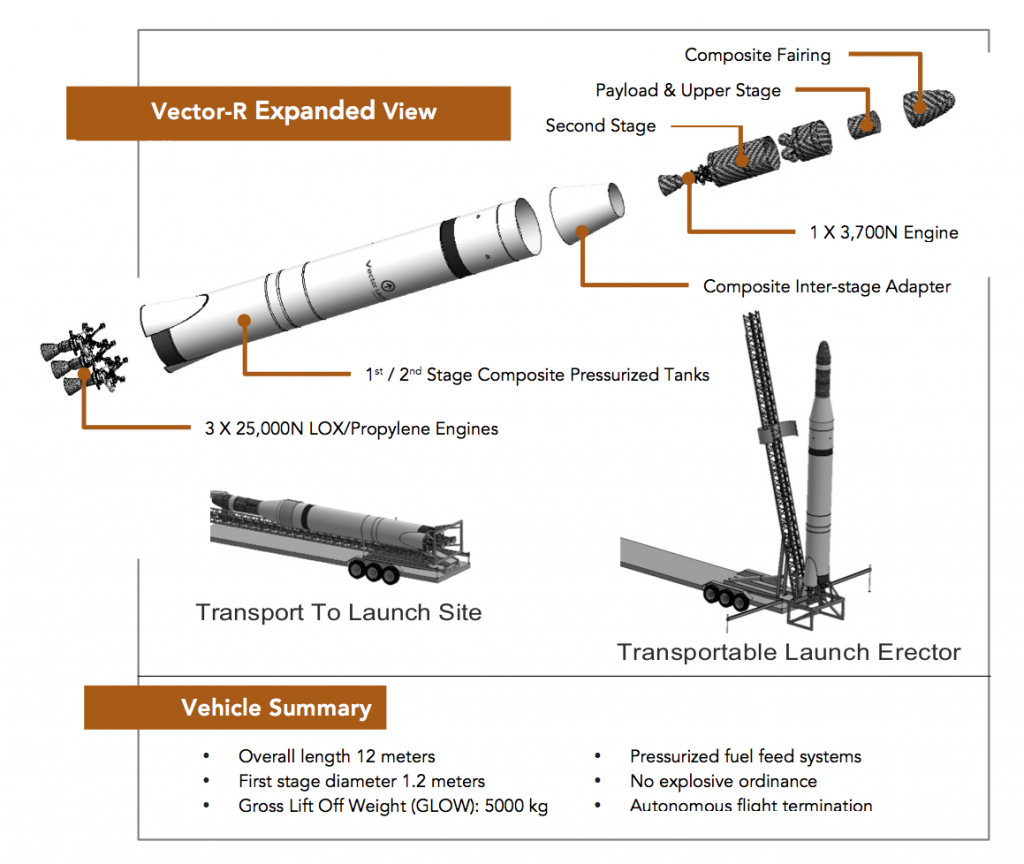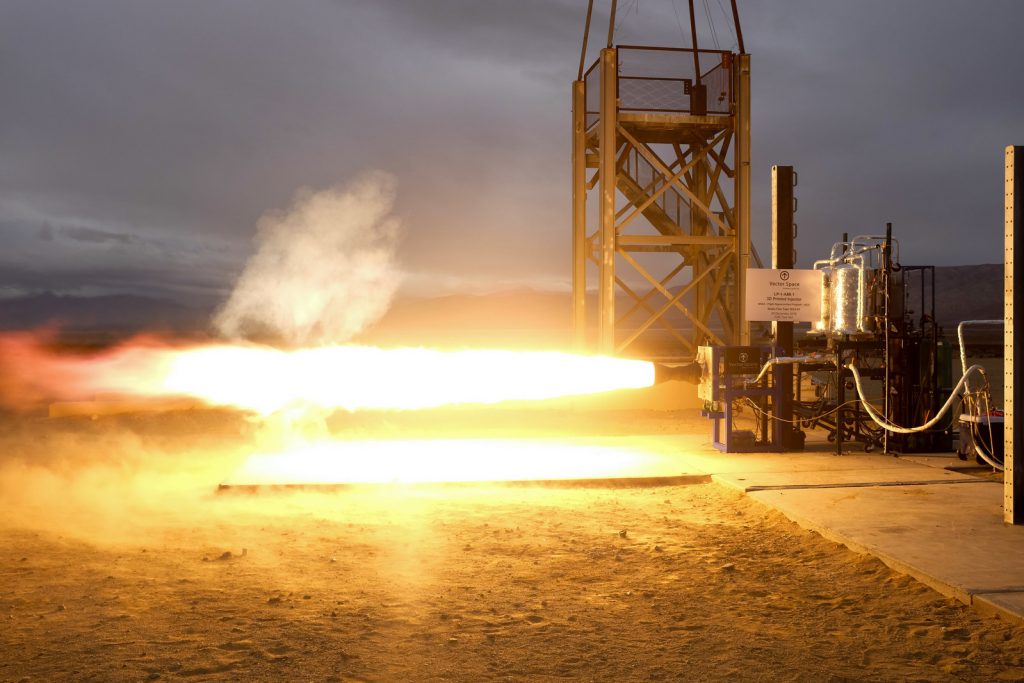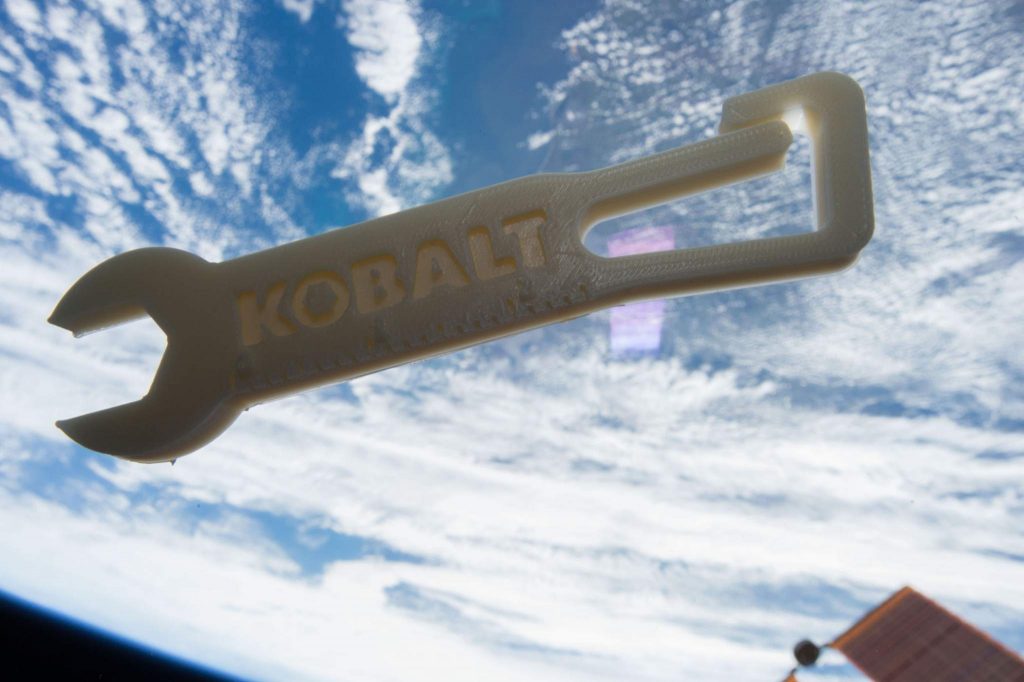The Vector-R satellite launch vehicle has been successfully sent towards space with an essential 3D printed engine part for the first time. The rocket is made by Arizona-based startup Vector, that was founded by the original SpaceX team to provide affordable and reliable access to space.
Launch of the Vector-R captured by a drone. Clip via Vector CEO Jim Cantrell on Twitter.
A 3D printed fuel injection
The Vector-R rocket can be broken down into a total of 7 key modules: 3 providing the housing and propellant of the vehicle that breaks off to return to Earth, and a further 4 making up the satellite that enters into orbit. Each section, i.e. the body and the satellite, has its own engine system, the satellite having just one, and the body containing 3.

3D printing features in the engine used to propel the rocket out of the Earth’s atmosphere, located in the body of the rocket. Vector specifically adopt the technology into a consolidated injector that feeds the rocket with LOX/Propylene fuel. This 3D printed part had its first successful test in December 2016, putting Vector on track for a 2017 launch.

One small step for Vector…
For Vector CEO Jim Cantrell, the successful launch is indicative of the company’s “mission to revolutionize the spaceflight industry and increase speed to orbit.” Cantrell also gave a running feed of the launch as it happened via Twitter, with exclusive footage captured by drones.
Project collaborator John Peugeot, NASA’s Marshall Space Flight Center manager for Additive Manufacturing, also commented,
With this successful in-flight operation of an additively manufactured injector, we have now moved the maturity of this technology to the next level for small launch vehicles. This represents a critical step in moving AM hardware beyond laboratory testing and toward qualification for real-world applications.
From Earth to the ISS
3D printing continually shows its worth to the aerospace industry for an ability to consolidate and create lightweight metal, and non-metal parts. Most recently, MIT Rocket Team researchers used the technology to produce a carbon-fiber reinforced plastic rocket motor capable of firing propulsion thrust.
The International Space Station (ISS) also got its first 3D printer from California’s Made in Space program in 2015. The ISS Additive Manufacturing Facility (AMF) has since 3D printed a number of functional tools to be used by the astronauts onboard, including some classified components specially for NASA.

For more of the the latest news about additive manufacturing for space exploration sign up to the 3D Printing Industry newsletter, and follow our active social media sites.
Don’t forget to vote in the first annual 3D Printing Industry Awards.
Tickets for the 3D Printing Industry Awards are also now available here.
Featured image: The Vector-R satellite launch vehicle. Photo via Jim Cantrell,
@jamesncantrell on Twitter



